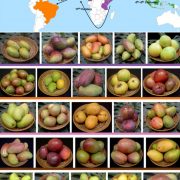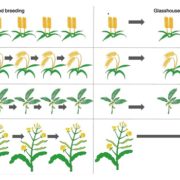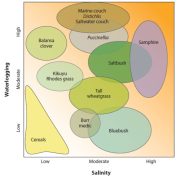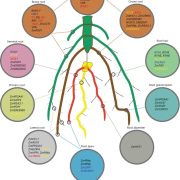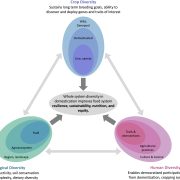EU regulatory approach to directed mutagenesis: consequences for international trade and potential steps forward (New Phytol)
The seed sector, and particularly plant breeders, are responsible for providing farmers with new plant varieties able to overcome challenges such as climate change, water restrictions or plant pests. In order to do their job, breeders have a collection of tools at their disposal. Among these are traditional randomly induced mutagenesis and, since the 1970s, recombinant nucleic acid technology that produces the so-called genetically modified organisms (GMOs) also commonly known as transgenic organisms. In recent years they also have genome editing techniques such as CRISPR/CAS9 that enable precise and beneficial mutations without the costs and extra workload that come with arbitrarily induced mutagenesis. Each tool has its pros and cons. A recent ruling from the European Court of Justice might hinder the global development and trade of plant varieties using newly established CRISPR/CAS9-like technologies. In order to shed light on the current regulatory frameworks on directed mutagenesis, an international team of experts led by Dennis Erikson has produced an in-depth comparison between the EU situation and the existing legislation at seven other countries (Argentina, Australia, Brazil, Canada, Chile, Colombia and the United States in North America) (Summary by Isabel Mendoza) New Phytol. 10.1111/nph.15627



